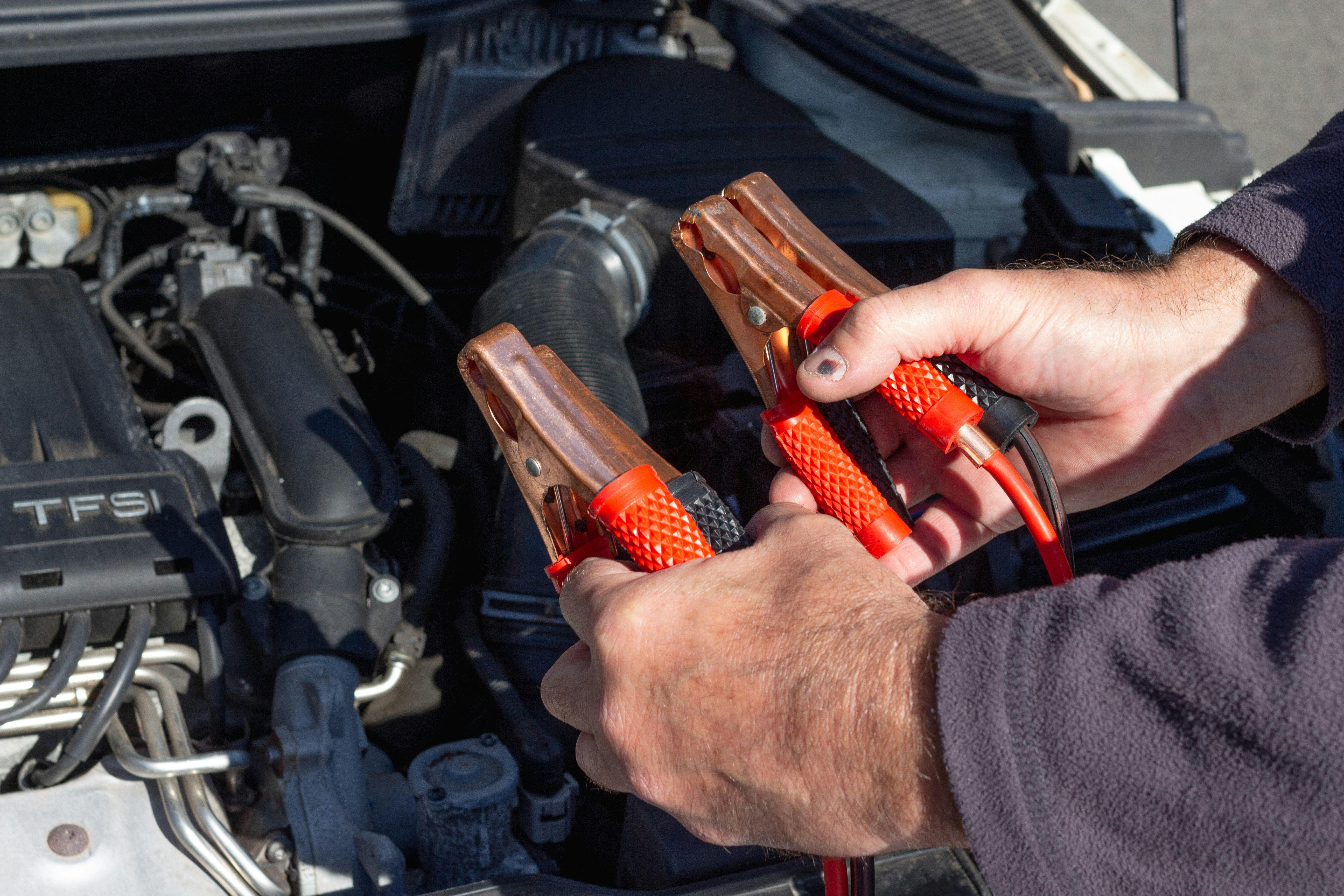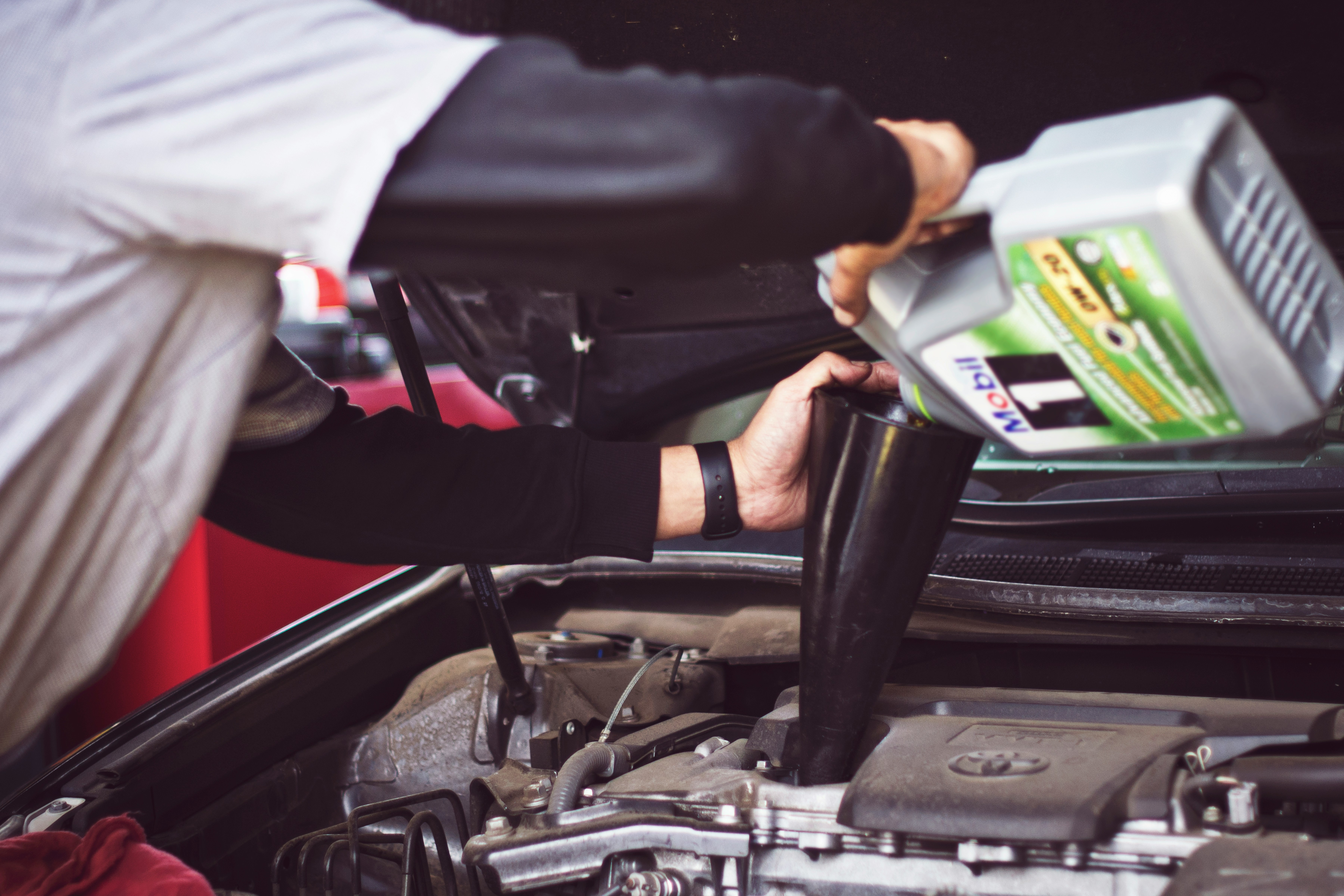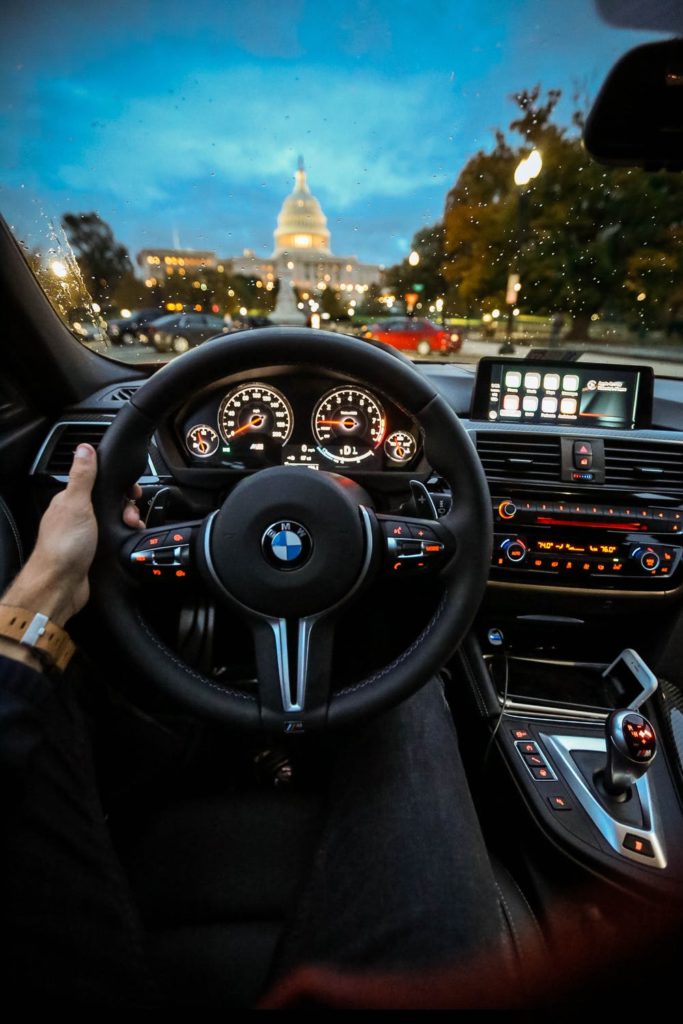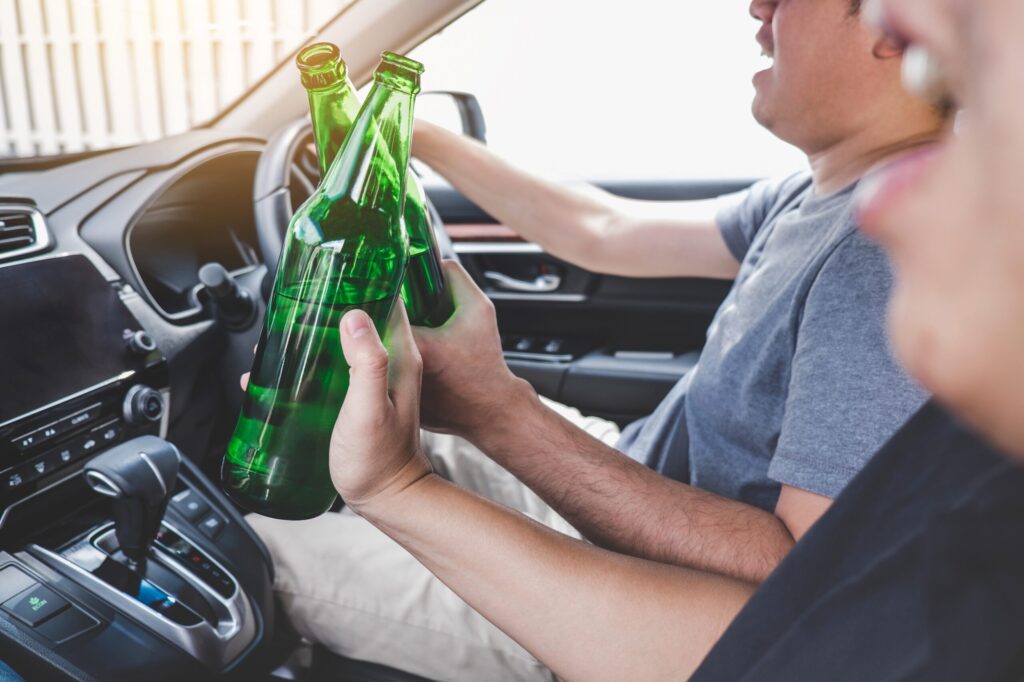The best way to extend the life of your vehicle is to keep up with routine service and maintenance. Car issues do happen even with the best maintenance, and your car will display a warning light when something is wrong. Buying a used car makes financial sense for many motorists, however, the reliability of a used car is important. You can always seek a Carfax report and have a used car inspected by a reliable mechanic before making a purchase.
The manufacturer warranty may not be valid on a used car, which means you could face expensive repair bills. You have peace of mind knowing the entire maintenance history of a vehicle when you purchase new from a dealership. When purchasing a new car from a car dealer, you have the option of buying an extended warranty on top of the manufacturer’s warranty.
Steve Lewis Subaru is the premiere Subaru car dealership in Hadley, MA serving customers from Amherst, Chicopee, Northampton, and Springfield. The car dealer features an impressive inventory of new and used Subaru vehicles, as well as used cars from brands such as Toyota, Honda, and Nissan. The dealership is ready to help you stay on top of your maintenance schedule by providing minor maintenance services, including the service intervals outlined in your Warranty and Maintenance booklet. No matter where you purchased your Subaru vehicle, the dealership’s experienced technicians can handle the preventative maintenance on any Subaru model.
Caring for your vehicle, whether used or new, is the best way to protect yourself from car problems. Many common car problems come with DIY fixes that cost less than going to a technician. Take a look at some of the most common vehicular problems and how to fix them.
1. The Car Won’t Start
It can be frustrating when your car won’t start but don’t give up and immediately call for a tow. There are several troubleshooting options you can try before calling for help. If the starter clicks but the car won’t start try cycling the key. Turn on the dome light and notice if the light goes out when you try to start the engine. If the light goes out, this means the battery is weak and on the verge of dying. Try “key cycling” to heat up the battery, terminals, and starter. Tap on the battery terminals to try and loosen up any corrosion to make better contact. You can also try smacking the starter in case the electrical contacts are stuck and need to be freed.
If there’s no clicking and the car won’t start, try shifting the shifter. Depress the brakes, shift into neutral and try starting the engine. Repeat this again if the car still won’t start as the act of shifting can re-establish the electrical contact inside the transmission range selector.
If the engine cranks but won’t start, try swapping relays. Turn the radio off, switch the key to the “Run” position, and listen for a two-second buzzing sound. No sound means the fuel pump priming the injection system is going out. Lastly, you can try unflooding a flooded engine by pushing the accelerator while cranking the engine. If you smell gas in the car, it means your engine is flooded.

2. Dead Battery
Jump-starting your car is a simple solution when you have a dead battery, assuming the battery isn’t more than three years old. It’s a good idea to replace your car battery every three years or 50,000 miles, whichever comes first. When jumping your car, make sure both car batteries are the same voltage and polarity. Park the cars close enough to connect the cables without coming into contact, then turn off the ignition, lights, and accessories in both cars.
First, clamp the positive cable to the positive terminal of the weak battery, and clamp the other positive cable to the positive terminal of the good battery. Second, clamp the negative cable to the negative terminal of the good battery, and clamp the other end to a clean part of the engine in the car with the weak battery. Third, start the car with the good battery and wait five minutes to charge up the weak battery. Once your car battery is successfully jumped, disconnect the cables in reverse order.

3. Sputtering Engine
Your vehicle’s engine performs best when the combustion chamber properly mixes and burns air and fuel. This means ensuring the fuel and ignition system components are running properly. When they don’t, it results in the common problem of engine sputtering or misfiring. Replacing fuel and ignition system components according to the vehicle’s recommended maintenance program will reduce sputtering or misfiring problems.
Any type of vehicle that has an engine benefits from proper tuning and routine maintenance. Keeping up with proper forklift maintenance improves the performance of the engine, reduces harmful emissions, and leads to more fuel-efficiency and fuel-cost savings. It’s a good idea to have a trained technician inspect your lift truck every 250 hours of use to ensure it’s in safe operating condition.
Barclay Brand Ferdon provides forklift engine maintenance and other minor repairs in the field or at your location. Their roadside service shortens your downtime so that you can get back to work, and they even offer 24-hour emergency parts delivery. The service provider recommends changing the spark plugs and air filters regularly as well as maintaining proper ignition and engine timing. Regularly change the oil and filter, clean hoses and check for cracks and leaks, inspect all belts, and check brake and hydraulic fluid. Following a recommended forklift maintenance plan is the best way to extend the life of your forklift engine.

4. Tire Problems
Road debris is dangerous for your tires and typically the cause of a flat. Normal wear and tear can also cause a flat tire, which is why you need to keep tires properly rotated. It’s a good idea to rotate your tires either every 5,000 miles or when you change the oil. Changing a flat tire is a simple process, so long as you have the necessary tools and aren’t facing stubborn lug nuts, a wheel rusted to the hub, or an under-inflated spare tire.
Having a roadside assistance plan eliminates the inconvenience of car problems when there are several miles between you and the nearest mechanic. A-Affordable Insurance has partnered with The National Safe Drivers Auto Club to offer customers a range of 24-hour roadside assistance services. From towing and fuel delivery to battery and lockout services, a roadside assistance plan is the best way to have peace of mind in case something goes wrong. You can add Nation Safe Driver when you start a new policy, renew an existing one, or add a car.

5. Squealing or Grinding Brakes
Your vehicle’s brake system is designed to wear out after a certain mileage. Squealing, squeaking, or a soft brake pedal are signs that there is an issue with your brakes. If your brakes start grinding, it’s time to either replace them yourself or have a mechanic do it. Always pay attention to how your brakes feel when you drive. If you feel the car pulling to one side, you could have a mechanical problem that affects the function of the brakes.
6. Steering Wheel Shaking
A shaking steering wheel can be caused by many problems depending on when it happens. If you notice the steering wheel to shake right after starting the car and driving off, the wheel bearing or damaged suspension components may be the cause. If you notice shaking at higher speeds, it’s usually caused by a tire balance issue. In either case, the best way to properly diagnose and solve the problem is to visit a mechanic.
These are six of the most common car problems and the easy ways you can solve them. Always stay on top of routine maintenance no matter the age or condition of your car.















